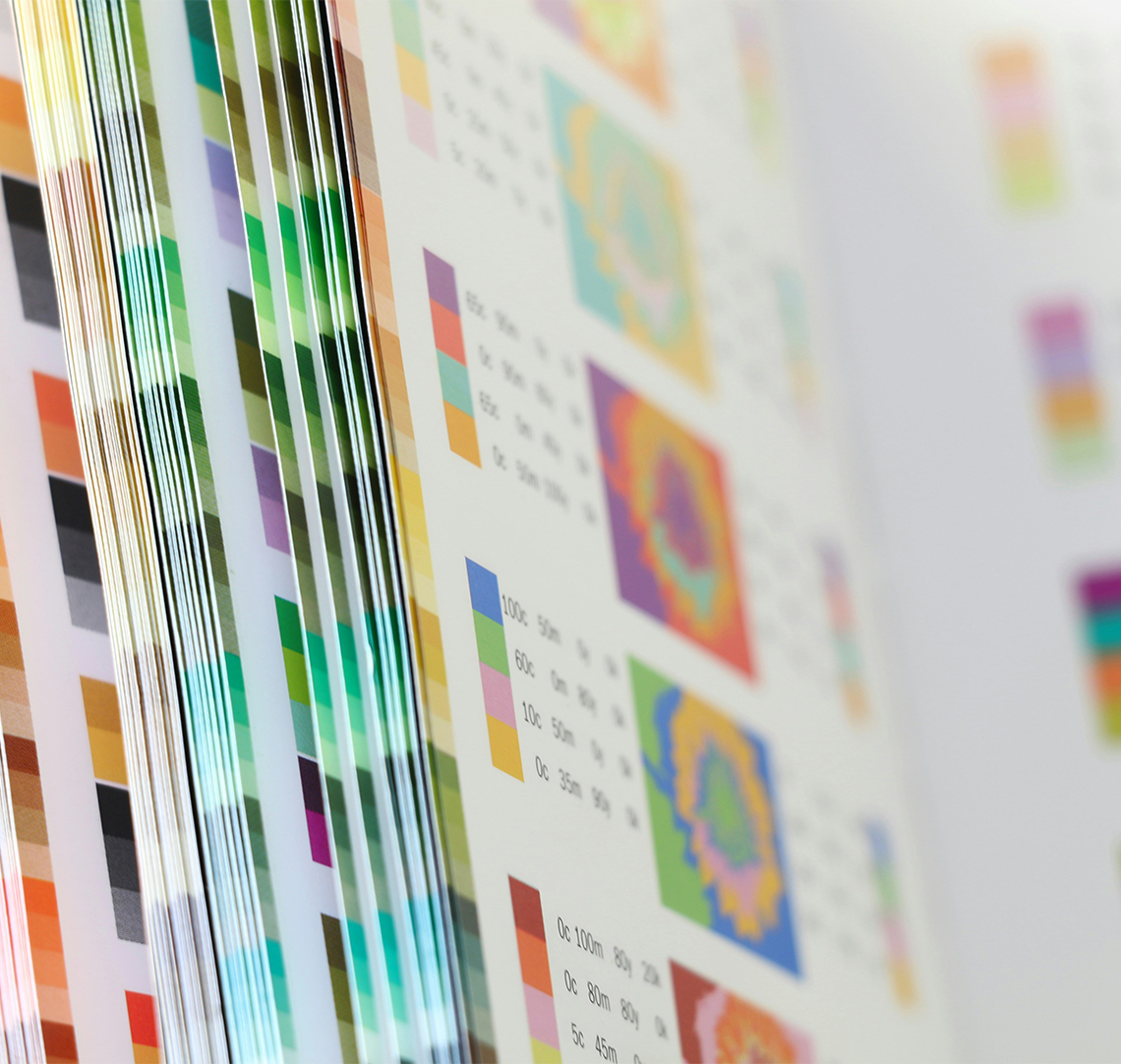
Enhancing User Experience and Engagement
Colours play a pivotal role in shaping how visitors perceive your website. Similar to art, colours evoke emotions and impressions that can influence user behaviour and decision-making. Understanding colour psychology is essential for crafting a visually appealing and effective digital presence. Keep reading to find out more about the impact of colours in web design, and more importantly how it can improve your online business.

What is Colour Psychology?
Colour psychology explores how different colours affect human emotions and behaviours. It helps web designers strategically choose colours that resonate with their target audience, enhancing user experience and driving conversions.

Colour Psychology in Web Design
Incorporating the right colours can significantly impact your website’s success. Here’s a breakdown of popular colours and their associated feelings, attitudes, and uses in web design:
Green
Green is synonymous with nature, growth, and balance. It conveys feelings of peace, harmony, and vitality, making it ideal for eco-friendly and wellness websites. Utilise green strategically to promote a calming atmosphere and trustworthiness.
Blue
Blue is universally favoured for its associations with trust, reliability, and security. It’s widely used by financial institutions and tech companies to instil confidence in users. Incorporate shades of blue to enhance professionalism and brand authority.
Yellow
Yellow exudes positivity, energy, and optimism. It’s attention-grabbing and stimulates feelings of happiness and creativity. Use yellow sparingly to highlight important elements or calls to action (CTAs), ensuring it complements your overall colour scheme.
Red
Red is bold, passionate, and attention-grabbing. It evokes urgency and excitement, making it effective for CTAs and promotional messages. However, its intensity requires careful consideration to match your brand’s personality and target audience.
Orange
Orange is vibrant, playful, and energetic. It’s associated with enthusiasm and affordability, making it suitable for entertainment and childcare websites. Use orange strategically to draw attention without overwhelming the user experience.
Black
Black symbolises elegance, sophistication, and authority. It adds a sense of luxury and exclusivity to brand identities, commonly used by high-end fashion and automotive industries. Balance black with lighter colours to maintain readability and engagement.
Pink
Pink represents romance, compassion, and femininity. It’s often used in beauty and baby-centric websites to create a soft, welcoming atmosphere. Choose pink tones that align with your brand’s tone and target demographic to enhance emotional appeal.

Tips for Using Color in Web Design
• Consistency is Key: Choose a colour scheme that reflects your brand identity and consistently apply it throughout your website for cohesive design and brand recognition.
• Utilise White Space: Incorporate ample white space to improve readability and highlight key content and visuals. White space enhances the impact of your chosen colours and prevents visual clutter.
• Highlight CTAs: Use vibrant colours strategically for CTAs to attract attention and encourage user interaction. Make your CTAs visually prominent to drive conversions effectively.
Harnessing the power of colour psychology in web design can transform your website into a compelling platform that engages users and drives business success. Choose colours wisely based on their emotional impact and relevance to your brand, ensuring a memorable and effective online presence.



